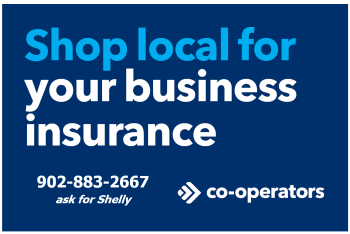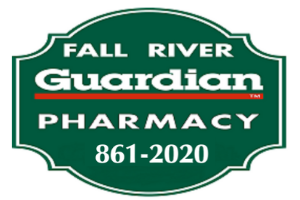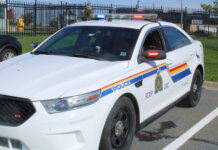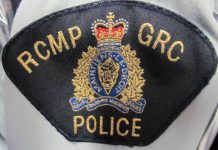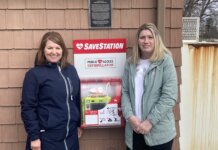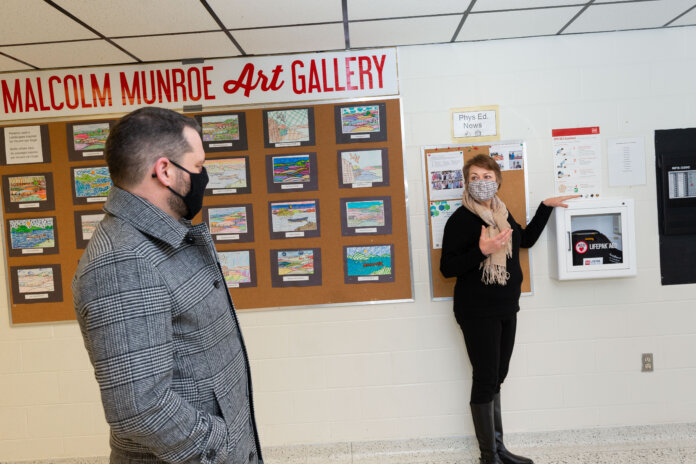
HALIFAX/EAST HANTS: The Rankin government announced today, March 16, a $700,000 investment to equip all public schools in Nova Scotia with automated external defibrillators (AED’s).
“A school building is the heart of its community, often used on evenings and weekends by a variety of organizations and people of all ages. Everyone who enters one of our schools should be confident that a life-saving defibrillator is nearby,” said Education and Early Childhood Development Minister Derek Mombourquette.
“It is my hope that the defibrillators will never have to be used, but seconds count in a cardiac emergency and having these devices available may save someone’s life.”
Defibrillators are used to help those in cardiac arrest. The portable electronic devices analyze the heart’s rhythm and deliver an electric shock to help it return to a more effective rhythm. Defibrillators include audio and visual prompts, making them easy and safe to use.
To ensure each school in the province has a device, the province will purchase up to 350, for a total investment of about $700,000. About 70 schools already have a defibrillator – most of those have students with specialized health-care plans requiring access to a defibrillator, while others have one as the result of fundraising, donation or based on a school community decision.
Once school-based automated external defibrillators are installed, they will be added to the provincial registry – a database linked to the Emergency Health Services (EHS) Medical Communications Centre software that allows EHS staff to direct people who call 911 to the closest defibrillator during a cardiac emergency.
Quotes:
“As a principal, my top concern is always the wellbeing of students, staff and anyone else who may be using a school facility. Of course, we hope to never need to use it but just knowing that there is an AED available in the event of a cardiac emergency provides peace of mind. I’m glad to see all other public schools will now have access to the same life-saving technology that we have at Malcolm Munroe Middle School.”
– Stephanie Campbell, principal, Malcolm Munroe Middle School, Sydney
“A cardiac arrest can happen to anyone at any time, including children. We welcome this announcement to equip all public schools in the province with an AED. When used with CPR, they double the chance of survival and having them in public spaces such as schools will save lives.”
– Mary Ann Butt, senior vice president, Nova Scotia, Prince Edward Island and Newfoundland and Labrador, Heart and Stroke
“Placing AEDs in schools is a major step towards creating heart safe communities by ensuring timely access for students, staff, family and visitors who may experience an out-of-hospital cardiac arrest. By linking these AEDs with the EHS registry program and by calling 911 when someone collapses, people within and near these public schools have the best chances of survival. Through bystander CPR and early bystander defibrillation, we can dramatically increase the odds of survival for Nova Scotians.”
– Dr. Andrew Travers, EHS provincial medical director
“Our goal is to increase survivability for sudden cardiac arrest in Nova Scotia and this is a very important step towards that goal. While we hope these devices will never be used, we know that if they are needed, the quick access this provides is critical to potentially saving a life. Having an accessible AED can exponentially increase someone’s chance of survival, in conjunction with early recognition of the emergency, calling 911, and performing high-quality CPR.”
– Mike Janczyszyn, EHS AED Registry Program co-ordinator
Quick Facts:
— automated external defibrillators cost about $2,000 each for the device and storage cabinet
– there are more than 1,300 automated external defibrillators registered in the province
– the Nova Scotia Volunteer Protection Act protects individuals from liability or damages if they use a defibrillator, provided they do not do so in a grossly negligent manner
Additional Resources
The EHS automated external defibrillator registry website can be found at: https://savelivesns.ca/
An online interactive map showing where registered defibrillators can be found is available at: https://savelivesns.ca/ehs-interactive-aed-map/




